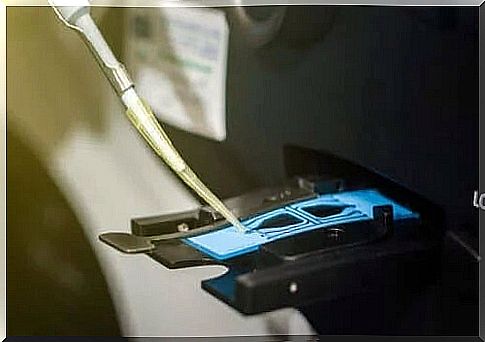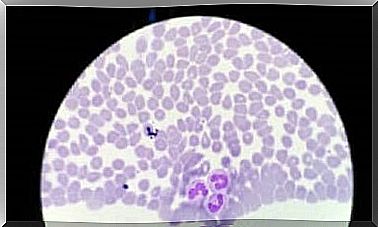How To Interpret The Result Of A Spermogram

The result of a spermogram is interpreted by the doctor who asked the patient for this test. However, some people would like to be able to interpret this information in general terms.
Semen analysis, also called a spermogram, is a procedure by which a laboratory technician obtains a sample of semen to analyze the quality of the patient’s sperm and the composition of his semen.
The results of this test reveal many things about male fertility. Doctors request this type of analysis following consultations resulting in the suspicion of male infertility against the background of the lack of concretization of a pregnancy. They analyze the female factors on the one hand and the male factors on the other.
It is difficult to interpret the results of an isolated spermogram without proper training. The test of analysis is framed in a broader context involving hormones and genetics, for which there are specific complementary methods.
Macroscopy as a result of a spermogram

Sperm microscopy
- Mobility. Biochemists need to analyze how many sperm move in total and whether they are fast enough to reach the fertilization area. At least 40% of the sample should be able to move in order for a pregnancy to occur.
- Concentration. This is the amount of semen in the semen. Many laboratories report it as the number of cells per milliliter of semen. A normal value means at least 15 million.
- Form. The semen must have a normal morphology to be considered viable. This applies to any cell in the body, and semen is no exception. The results of a spermogram determine what percentage of the total sample corresponds to cells that have a normal shape.
- Vitality. The measurement of this parameter varies depending on the laboratories performing the test.

Abnormal sperm result
We cannot say that this is the most important part of the spermogram, but it is important information for the doctor to make a decision. The biochemist’s conclusion guides the doctor’s diagnosis.
If a spermogram reports azoospermia, there was no sperm in the sample. In this case, the situation is serious and shows that the man does not produce these cells, which makes fertilization impossible.
Similarly, the report may talk about oligospermia. This happens when there are fewer sperm than is needed for fertilization. In addition, even if there is an adequate number, these cells could be immobile, leading to asthenozoospermia.
Necrospermia is another serious condition that requires further investigation. This is where the biochemist finds more dead sperm. Of course, they have no vitality or mobility.
After obtaining the result of the spermogram, the specialists must interpret the data based on the parameters considered normal. Therefore, you must allow your doctor to interpret the result. He will know how to act accordingly, depending on the context of each individual case.









